In the grand tapestry of evolutionary history, few adaptations have been as transformative as the development of hollow bones. This remarkable skeletal innovation—known scientifically as pneumaticity—revolutionized vertebrate evolution by dramatically reducing body weight while maintaining structural integrity. The hollow bones theory explains how this adaptation allowed certain animal groups, particularly birds and their dinosaur ancestors, to overcome gravitational constraints and explore new ecological niches. From enabling powered flight to enhancing respiratory efficiency, pneumatic skeletons represent one of nature’s most elegant engineering solutions. This article explores how lightweight skeletons changed the evolutionary trajectory of numerous species and ultimately reshaped life on Earth.
The Anatomy of Hollow Bones
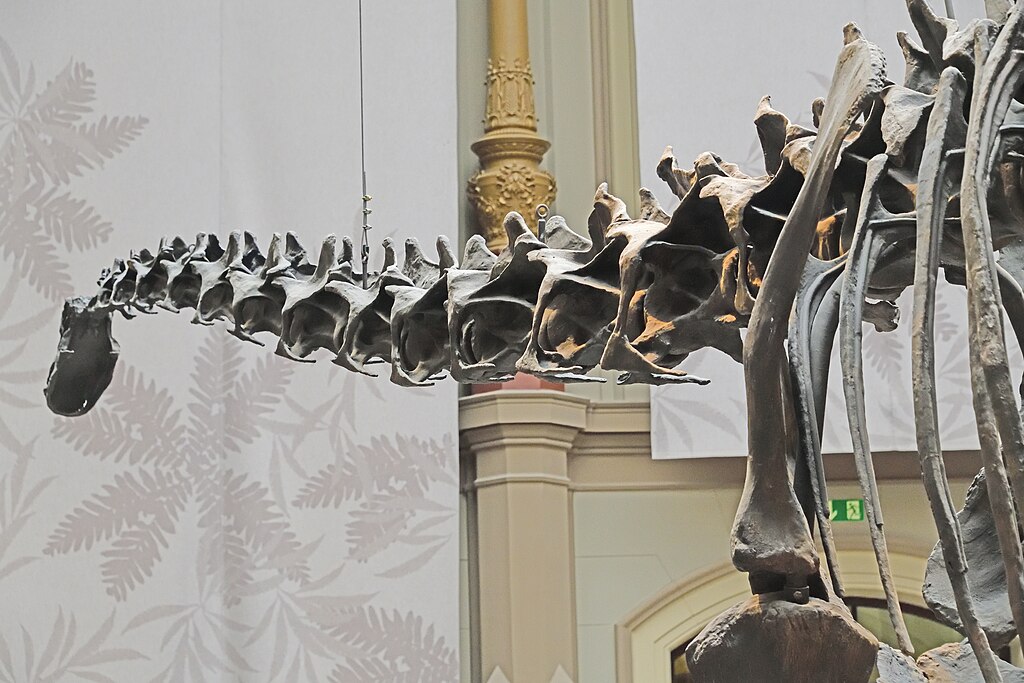
Hollow bones, or pneumatic bones, are characterized by air-filled cavities within their structure, creating a lightweight yet strong skeletal framework. Unlike the solid or marrow-filled bones of most mammals, these pneumatic structures contain complex networks of air sacs connected to the respiratory system. The walls of these bones maintain thin but dense layers of mineralized tissue, arranged in a strategic lattice-like pattern that distributes mechanical stress efficiently. This architectural marvel achieves a remarkable balance—reducing overall mass by up to 50% compared to solid bones of equivalent size while retaining sufficient strength for locomotion and protection. The pneumatic bones typically include the vertebrae, ribs, sternum, and limb bones, though the specific pattern varies across species according to their evolutionary history and adaptive requirements.
Evolutionary Origins of Pneumatic Skeletons
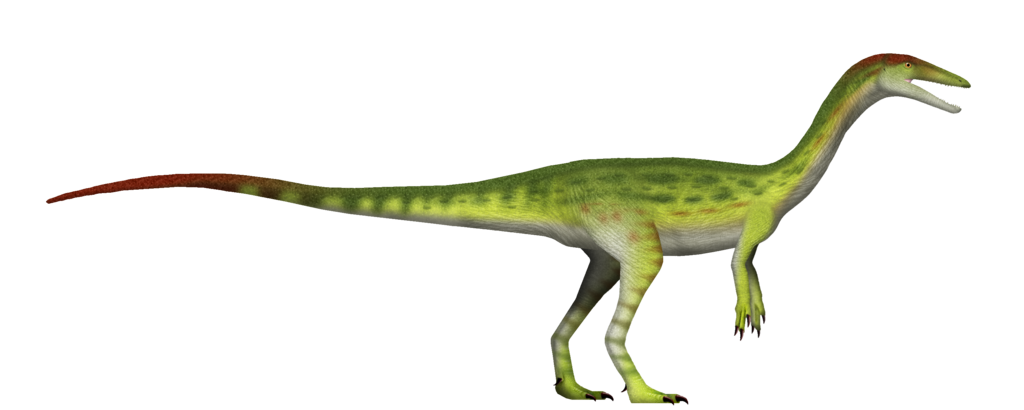
The emergence of hollow bones represents a fascinating chapter in vertebrate evolution that began over 230 million years ago. Fossil evidence suggests that pneumatic bones first appeared in certain theropod dinosaurs during the Late Triassic period, particularly within the coelurosaurian lineage that would eventually give rise to birds. This adaptation did not develop suddenly but evolved gradually as part of a suite of characteristics that made these dinosaurs increasingly bird-like. The earliest pneumatic features typically manifested as small fossae (depressions) in vertebrae, which later developed into fully pneumatized cavities in more derived theropods. Remarkably, this evolutionary innovation occurred well before the advent of powered flight, suggesting that hollow bones initially evolved for purposes other than aerial locomotion—possibly related to respiratory efficiency or thermoregulation. The presence of this trait in numerous non-flying dinosaurs reinforces the view that pneumaticity predated and actually facilitated the eventual evolution of flight rather than emerging as a consequence of it.
The Physics of Lightweight Construction
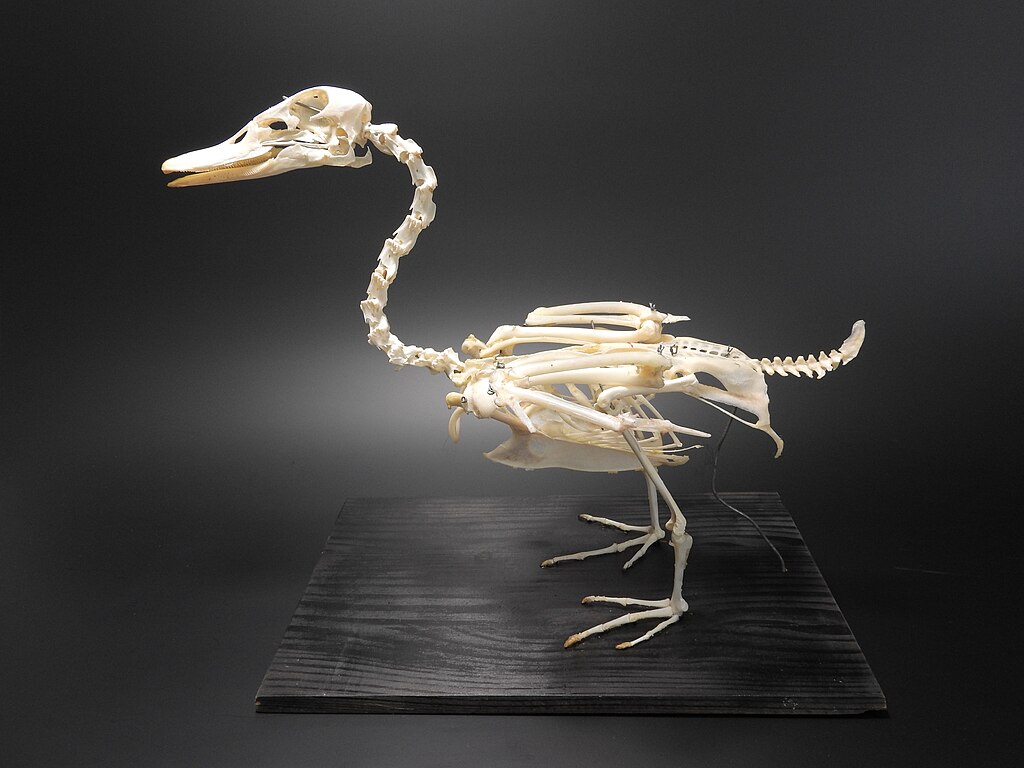
The biomechanical principles underlying hollow bones represent a masterclass in natural engineering. The physics of these structures follows the engineering concept known as the “hollow cylinder principle,” where material distributed away from the central axis provides greater bending resistance relative to weight than a solid structure. This arrangement optimizes the strength-to-weight ratio by concentrating bone material where mechanical stresses are highest—at the outer circumference. Pneumatic bones achieve up to 10 times the bending resistance per unit mass compared to solid bones of equivalent dimensions. The internal struts and trabeculae (thin columns of bone) within these hollow structures function similar to the trusses in modern aircraft construction, providing critical reinforcement at stress points. This arrangement allows birds to have skeletons that collectively weigh just 4-6% of their total body mass—significantly less than the 10-15% typical of similar-sized mammals. Such lightweight construction provides a substantial energy advantage during locomotion while maintaining essential protective and supportive functions.
The Respiratory Connection

The relationship between pneumatic bones and respiration represents one of the most innovative physiological systems in the animal kingdom. Unlike mammals, birds possess a unique respiratory system featuring air sacs that extend into the hollow cavities of their bones, creating a highly efficient unidirectional airflow. This remarkable adaptation allows oxygen to pass through the lungs twice during each breathing cycle, extracting significantly more oxygen than the bidirectional breathing of mammals. The pneumatic skeleton essentially becomes an integrated extension of the respiratory system, increasing respiratory capacity without adding weight. This evolutionary innovation provides birds with exceptional oxygen processing efficiency—vital for the high metabolic demands of powered flight, especially at high altitudes where oxygen is scarce. Research has identified similar respiratory structures in fossils of theropod dinosaurs, suggesting that this advanced breathing system evolved gradually over millions of years before birds took to the air. The respiratory-skeletal connection stands as evidence of evolution’s capacity to repurpose existing structures for novel functions.
From Dinosaurs to Birds: The Theropod Connection

The evolutionary pathway from ground-dwelling theropod dinosaurs to modern birds represents one of paleontology’s most compelling narratives, with hollow bones playing a crucial role in this transition. Detailed studies of fossils from maniraptoran theropods—including dromaeosaurs, troodontids, and oviraptorosaurs—reveal increasingly bird-like skeletal pneumaticity progressing through successive lineages. These dinosaurs exhibited pneumatic foramina (openings) in their vertebrae, shoulder girdles, and eventually limb bones that closely resemble those in modern birds. The famous Archaeopteryx, often considered the earliest known bird from the Late Jurassic period (approximately 150 million years ago), already possessed extensively pneumatized bones despite its limited flight capabilities. This evolutionary progression demonstrates how skeletal pneumaticity, initially evolved perhaps for thermal regulation or respiratory efficiency, became co-opted for flight as these dinosaurs became increasingly aerial. The extensive pneumaticity in even early avian species underscores how this fundamental adaptation preceded the refinement of other flight adaptations and likely enabled the evolutionary experimentation that ultimately produced powered flight.
Benefits Beyond Weight Reduction
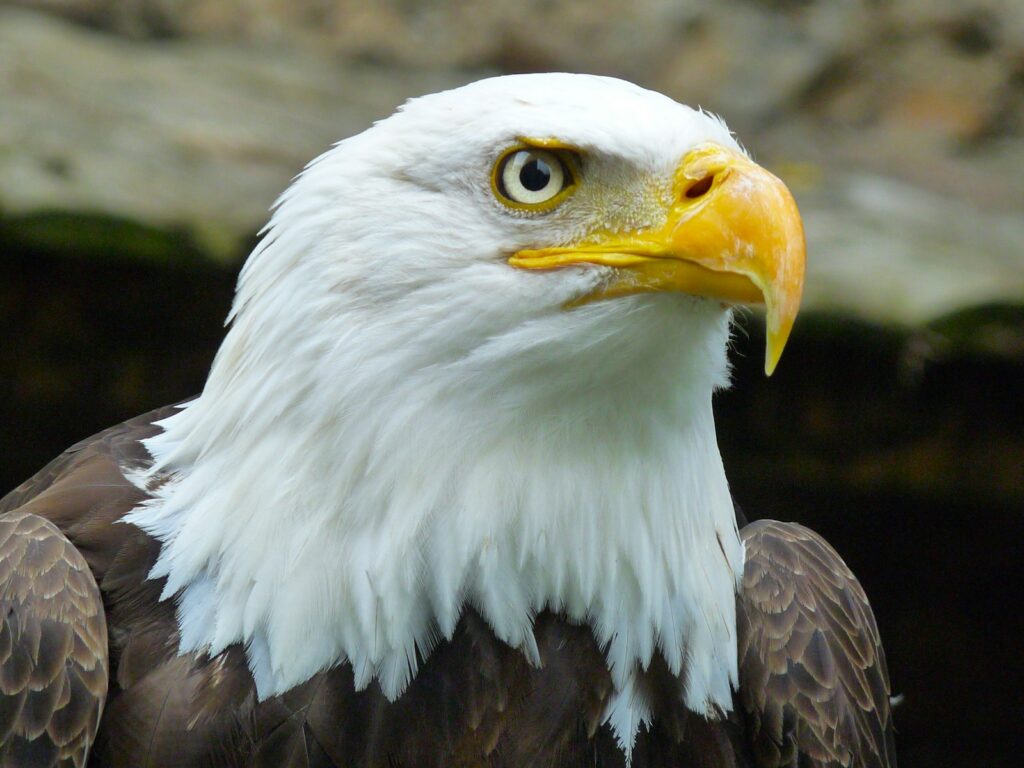
While weight reduction stands as the most obvious advantage of hollow bones, this adaptation confers numerous additional benefits that have contributed to evolutionary success. Pneumatic skeletons function as effective heat exchange systems, with the air cavities facilitating rapid cooling during intense activity—a crucial adaptation for high-metabolism animals like birds. The interconnection between bones and air sacs also enhances buoyancy in aquatic birds, making swimming and diving more energy-efficient. Research suggests that pneumatic bones may dampen harmful vibrations during high-impact activities like woodpecking or running, protecting the brain and sensory organs from concussive forces. The distribution of air spaces throughout the skeleton potentially improves acoustic properties in some species, enhancing their ability to produce and perceive sounds. Additionally, the reduced calcium requirements for building hollow bones may have provided evolutionary advantages during periods of limited mineral availability. These multifaceted benefits illustrate how a single adaptation can drive diverse evolutionary outcomes across different ecological niches.
Flight: The Ultimate Adaptation
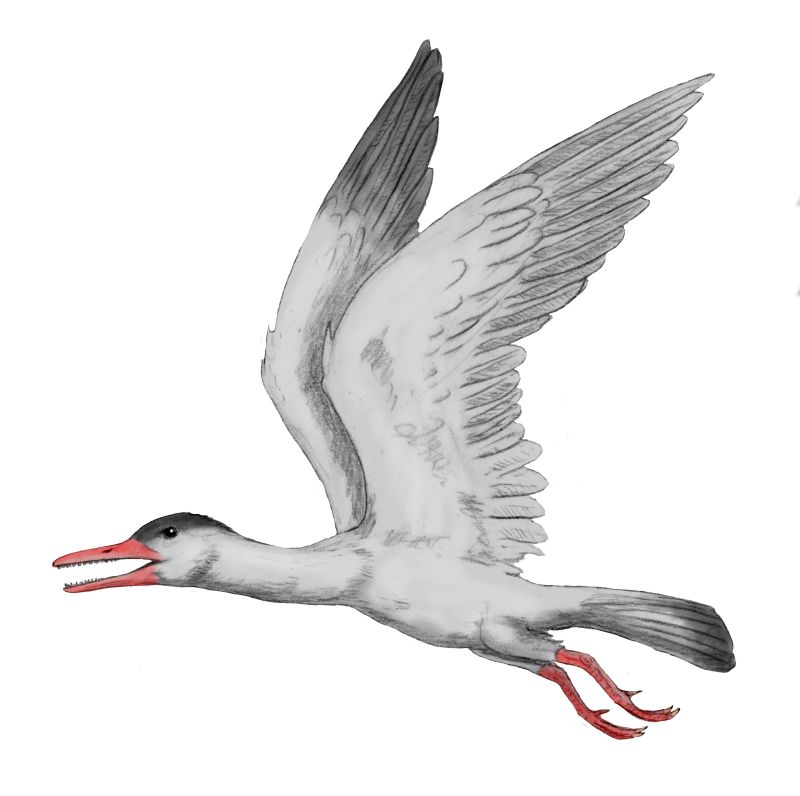
Powered flight represents the most dramatic evolutionary application of pneumatic skeletons, enabling birds to conquer the skies and spread across virtually every habitat on Earth. The weight reduction afforded by hollow bones proved essential for overcoming gravity’s constraints, as each gram saved translates to reduced energy expenditure during flight. Modern birds have skeletons weighing approximately 75% less than mammals of comparable size, a difference that makes sustained flight metabolically feasible. Beyond basic weight reduction, the architecture of avian pneumatic bones provides optimal strength precisely where flight forces demand it—particularly in the wing bones where complex torsional and bending stresses occur during aerial maneuvers. The remarkable evolutionary refinement of this system is evident in specialized birds like frigatebirds, whose enormous wingspans (up to 7.5 feet) are supported by skeletons weighing less than their feathers. Without lightweight pneumatic bones, the repeated evolution of flight among vertebrates—seen in pterosaurs, birds, and bats—would have likely been impossible, highlighting how this adaptation literally elevated vertebrate evolution to new heights.
Technological Inspirations from Nature
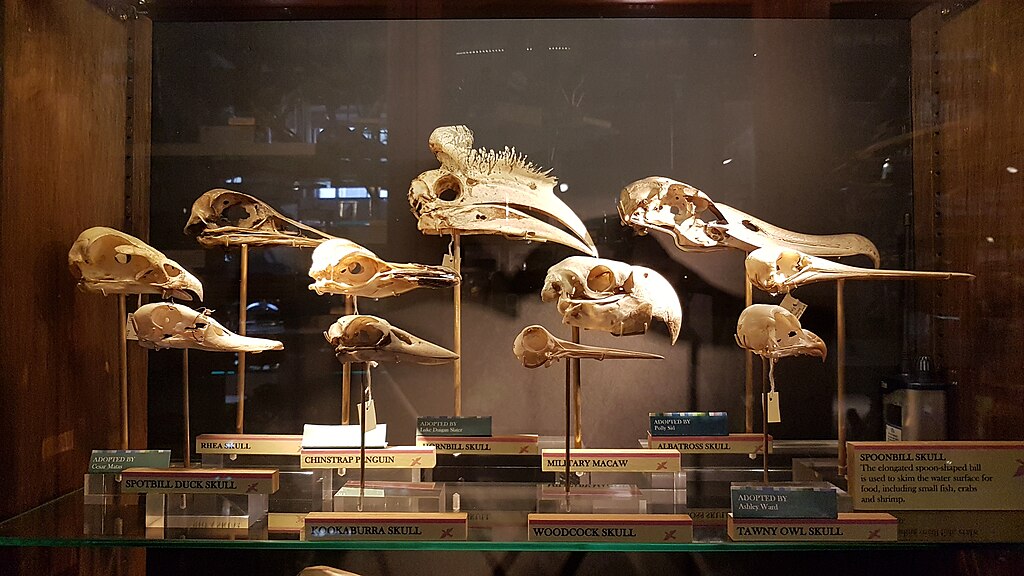
The elegant design of pneumatic bones has not gone unnoticed by human engineers seeking lightweight yet strong structural solutions. Biomimetic research—the practice of emulating nature’s designs—has increasingly turned to avian skeletons for inspiration in materials science and structural engineering. Aerospace engineers have developed aircraft components that mimic the internal strut arrangements found in bird wing bones, creating structures that maximize strength while minimizing mass. Modern bicycle frames and architectural support elements frequently employ hollow tubular designs that distribute material away from the neutral axis, directly paralleling the evolutionary solution found in pneumatic bones. Designers of prosthetic limbs have begun incorporating bio-inspired internal lattice structures to create lightweight, durable artificial body parts. The emerging field of 3D-printed medical implants increasingly uses hollow internal geometries inspired by avian bone architecture to create implants that integrate better with human tissue while reducing material requirements. This technological transfer from biological evolution to human innovation demonstrates how natural selection has, over millions of years, refined solutions that continue to inform cutting-edge human engineering.
Pneumaticity Beyond Birds
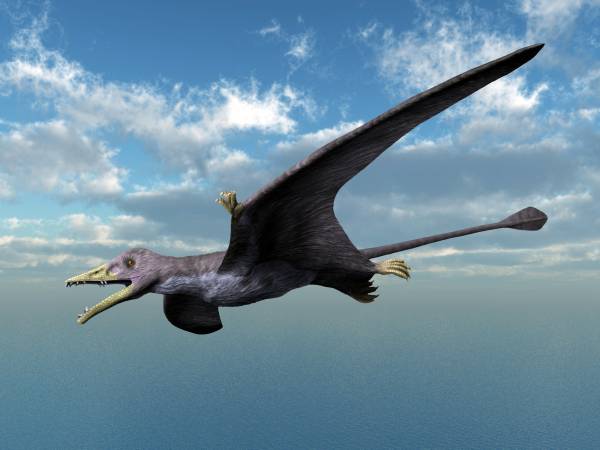
Though most prominently associated with birds, pneumatic skeletons have evolved independently in several other vertebrate lineages, demonstrating the principle of convergent evolution. Pterosaurs—flying reptiles that dominated the skies for over 160 million years before birds—evolved remarkably similar pneumatic bones with thin-walled, air-filled cavities connected to air sacs. Some sauropod dinosaurs, despite their enormous size, possessed highly pneumatized vertebrae that reduced the weight of their extraordinarily long necks by up to 60%, making their massive proportions biomechanically feasible. Certain modern reptiles, including some chameleon species, have developed limited pneumaticity in specific skeletal elements to reduce weight without compromising structural integrity. Even among mammals, limited forms of skeletal pneumatization occur in the sinuses and portions of the skull in numerous species. The sinuses of elephants represent an interesting case, where extensive cranial pneumaticity helps lighten their massive heads while providing attachment points for the muscles supporting their trunks. These parallel evolutionary developments across diverse lineages underscore how pneumatic adaptations represent a recurring solution to the fundamental physical challenges of gravity.
The Trade-offs of Lightweight Design

Despite their numerous advantages, pneumatic skeletons come with significant evolutionary compromises that have shaped the life histories of birds and other pneumatic-boned vertebrates. The reduced density of hollow bones makes them more susceptible to fracture from certain types of impact or crushing forces, requiring behavioral adaptations to mitigate injury risks. This vulnerability has influenced nesting behaviors, predator avoidance strategies, and even social interactions among birds. Pneumatic skeletons also impose strict developmental constraints, requiring precise coordination between skeletal and respiratory system development during embryonic growth. The metabolic costs of maintaining the specialized epithelial tissues that line pneumatic cavities may represent another trade-off, potentially increasing energy requirements. Perhaps most significantly, the pneumatic skeleton’s integration with the respiratory system potentially increases vulnerability to certain respiratory infections, which can spread from air sacs directly into bone cavities. These evolutionary compromises illustrate the principle that adaptive traits rarely come without costs, and successful lineages are those that effectively balance these trade-offs within their ecological context.
Modern Research Techniques and Discoveries

Contemporary scientific investigation into pneumatic skeletons has been revolutionized by advanced imaging and computational technologies, yielding profound new insights into this evolutionary adaptation. High-resolution computed tomography (CT) scanning now allows researchers to visualize and quantify the internal architecture of pneumatic bones without damaging precious specimens, revealing previously undetectable structural details in both modern and fossilized remains. Finite element analysis—a computer modeling technique that simulates mechanical stresses on complex structures—has demonstrated how pneumatic bones distribute forces during flight, walking, and other activities. Advanced endoscopic cameras have permitted direct observation of the living tissues inside pneumatic cavities, clarifying their developmental origins and physiological functions. Molecular studies have identified specific genes that regulate the development of pneumatic features during embryonic growth, including several that appear to have been repurposed from earlier evolutionary functions. These cutting-edge approaches are continually refining our understanding of how pneumatic skeletons evolved and function, demonstrating that even well-established evolutionary theories benefit from new technologies that allow scientists to examine ancient adaptations through fresh analytical lenses.
Hollow Bones in Extinction and Survival

Throughout evolutionary history, pneumatic skeletons have played complex roles in both extinction vulnerability and survival advantage during global catastrophes. When the Chicxulub asteroid struck Earth 66 million years ago, triggering the mass extinction that eliminated non-avian dinosaurs, the small, flight-capable birds with highly pneumatic skeletons were among the few dinosaur lineages that survived. Their ability to fly long distances, requiring less energy due to lightweight skeletons, likely allowed them to escape localized destruction and find unaffected habitats. Conversely, the fossil record suggests that some highly specialized flying species with extremely pneumatized skeletons have been particularly vulnerable during other extinction events, possibly due to their specialized adaptations and narrower ecological niches. The high oxygen requirements associated with the air sac system connected to pneumatic bones may have created survival challenges during periods of reduced atmospheric oxygen. Today, conservation biologists recognize that bird species with highly specialized pneumatic adaptations for particular flight styles—such as aerial insectivores and oceanic soarers—appear especially vulnerable to anthropogenic habitat alterations. This complex relationship between pneumaticity, specialization, and extinction risk continues to influence biodiversity patterns in the modern world.
The Future of Pneumatic Evolution

As environments continue to change in the Anthropocene era, the adaptive value of pneumatic skeletons faces new evolutionary pressures that may reshape their future. Climate change is already altering atmospheric conditions, potentially affecting the efficiency of the air sac systems connected to pneumatic bones, especially for high-altitude specialists or long-distance migrants. Human-modified landscapes are creating novel selective pressures, potentially favoring birds with particular pneumatic adaptations suited to urban environments or fragmented habitats. Some ornithologists have documented subtle changes in wing bone pneumaticity among urban populations of certain bird species, suggesting rapid adaptive responses to anthropogenic environments. Conservation strategies increasingly consider the specialized nature of pneumatic adaptations when designing protection plans for endangered birds, recognizing that habitat requirements may be more specific than previously understood. The evolutionary future of pneumatic skeletons will likely involve complex interactions between historical adaptations and emerging environmental challenges, demonstrating how even ancient adaptations continue to evolve in response to changing conditions. As with all evolutionary processes, the continuing story of pneumatic skeletons illustrates how adaptation is never truly complete but remains a dynamic response to the ever-changing challenges of existence.
Conclusion

The hollow bones theory illuminates one of evolution’s most elegant solutions to the fundamental challenge of gravity. Through the development of pneumatic skeletons, vertebrates achieved remarkable functional diversity while minimizing the metabolic costs of supporting their bodies against Earth’s gravitational pull. This adaptation demonstrates how evolutionary innovations often arise from repurposing existing structures—in this case, turning portions of the skeleton into extensions of the respiratory system. The journey from the first pneumatic vertebrae in theropod dinosaurs to the highly specialized hollow bones of modern birds spans over 200 million years of evolutionary refinement. As we continue to study these remarkable structures using increasingly sophisticated technologies, the hollow bones theory provides not only insights into our planet’s biological history but also inspiration for human engineering challenges. In the elegant architecture of pneumatic bones, we find a testament to evolution’s capacity for producing structural marvels that continue to shape life on Earth.



